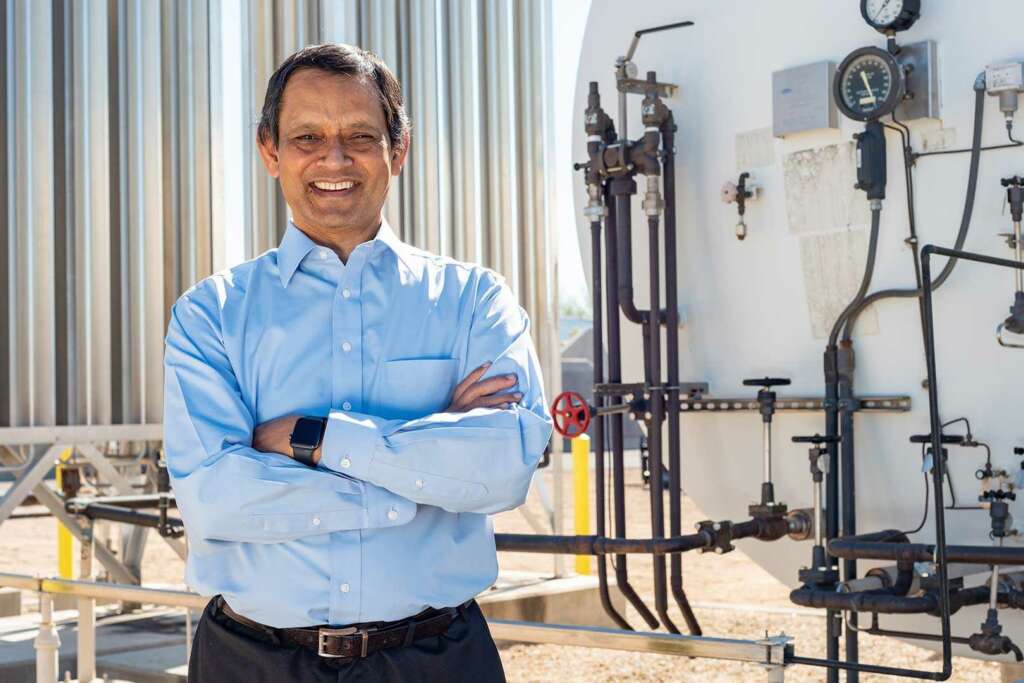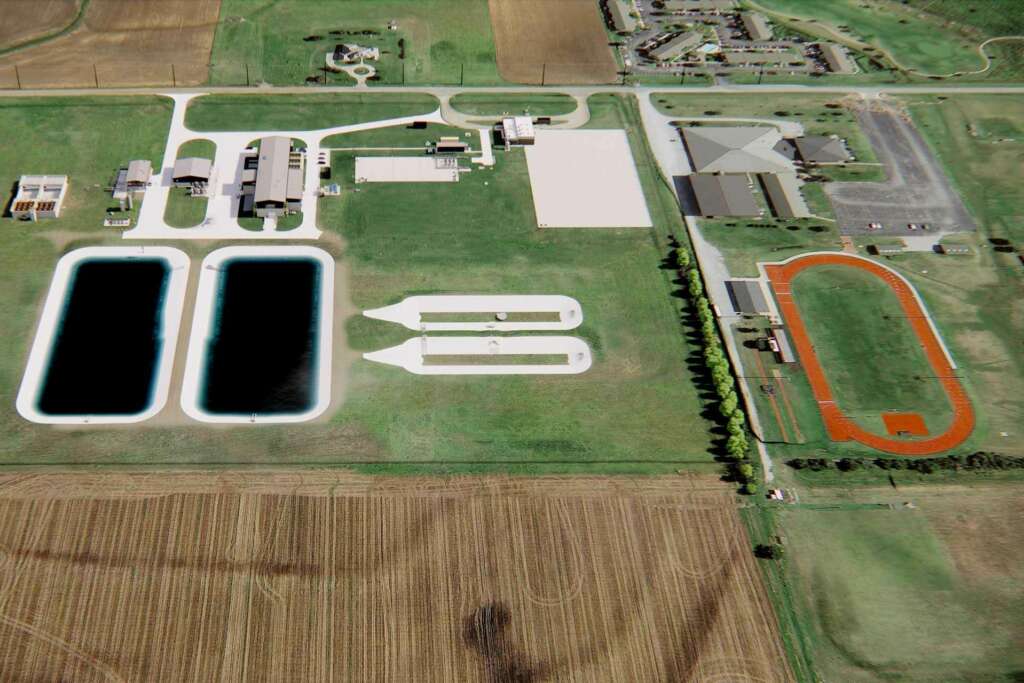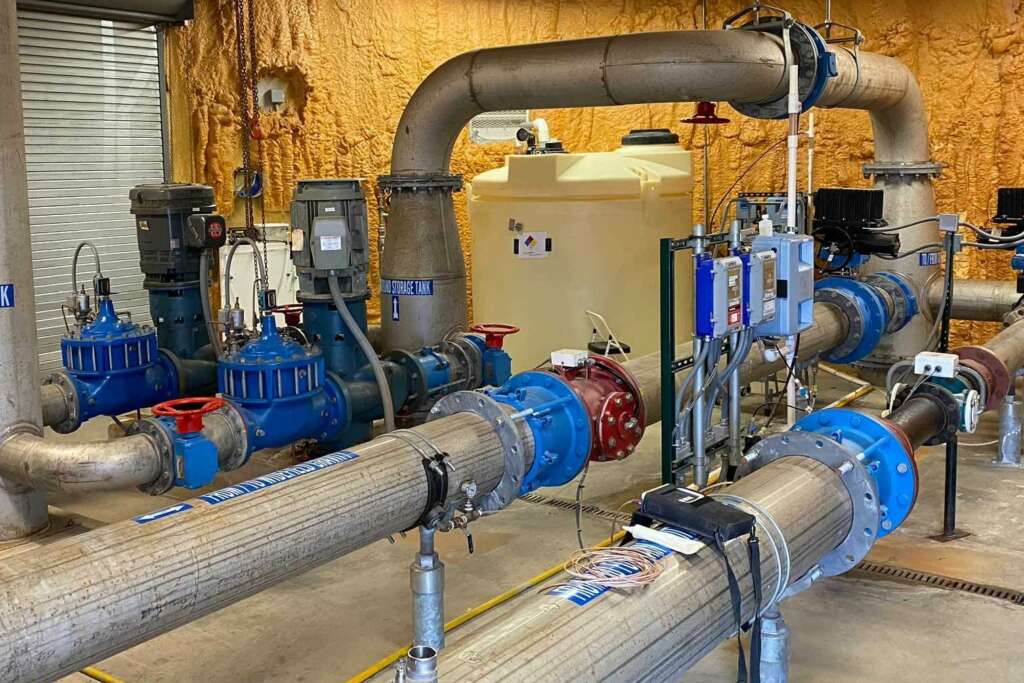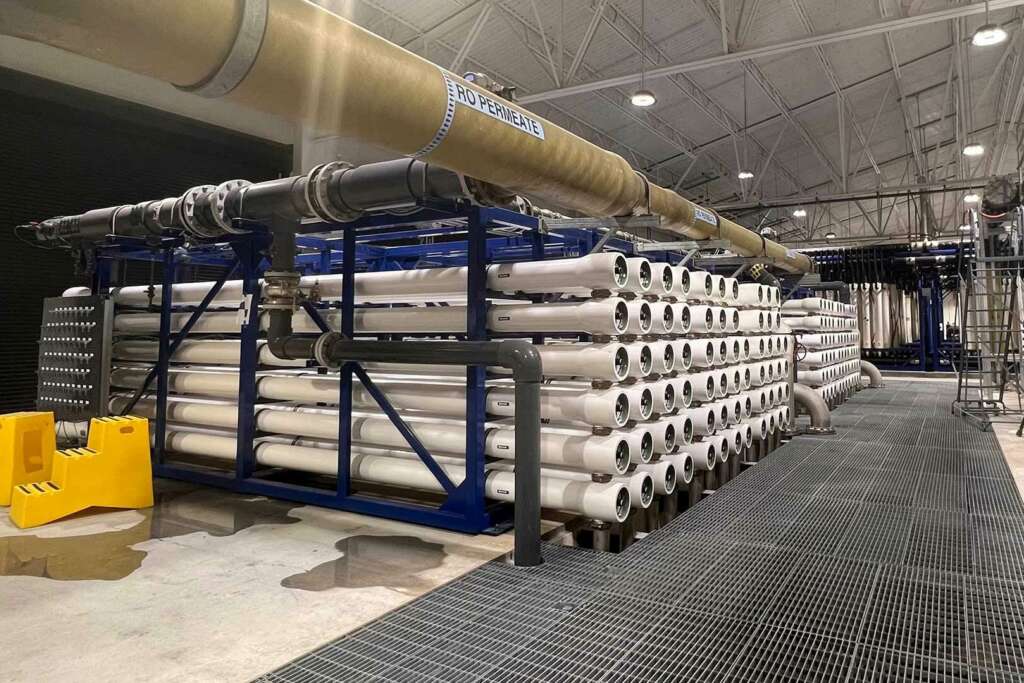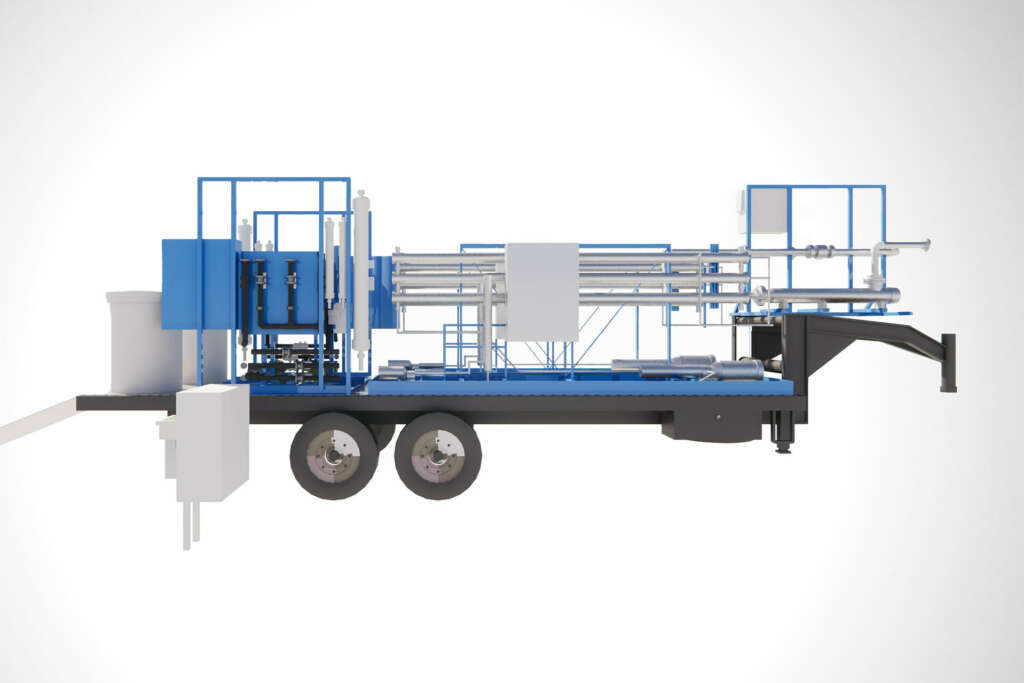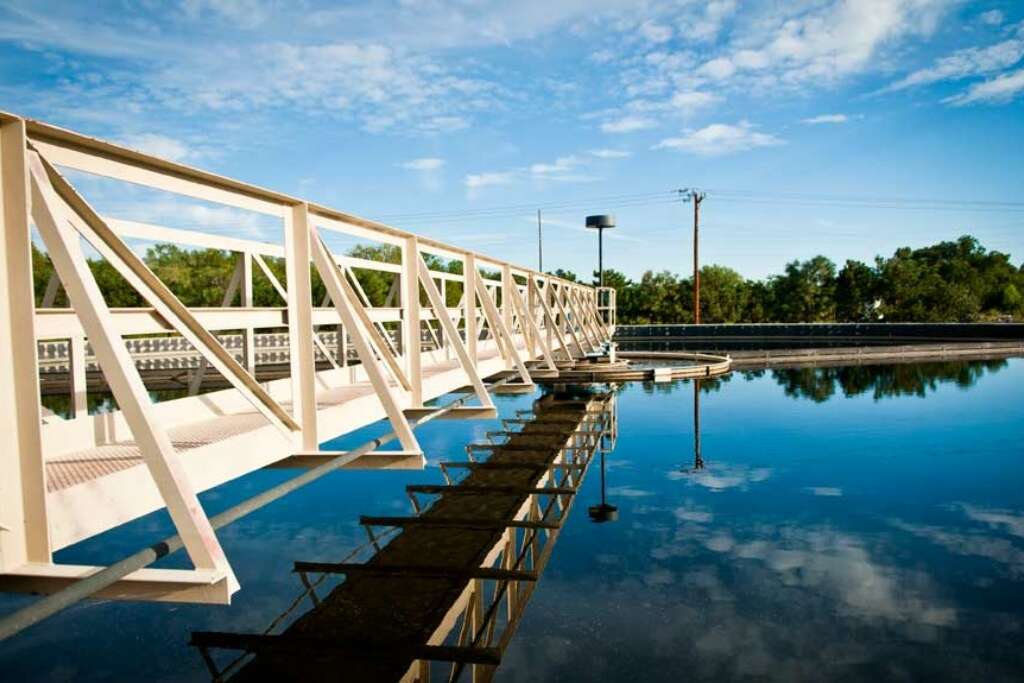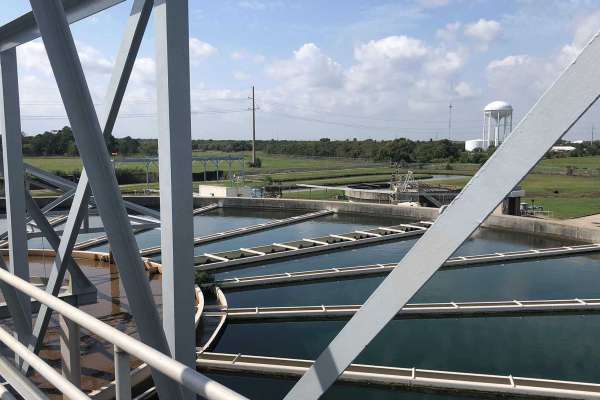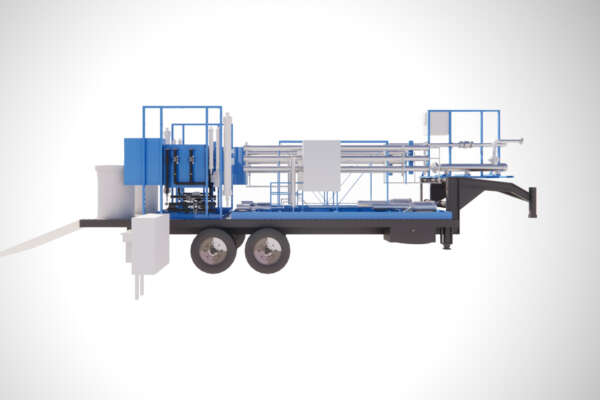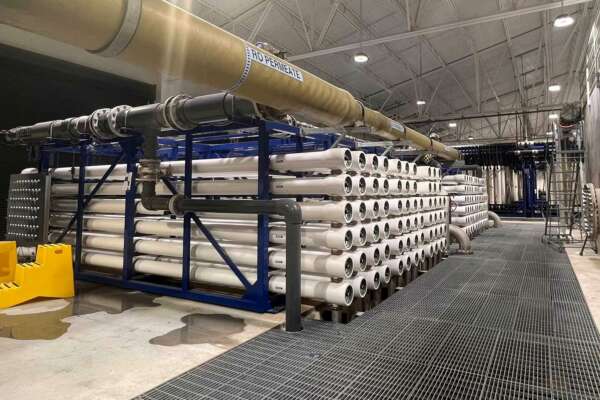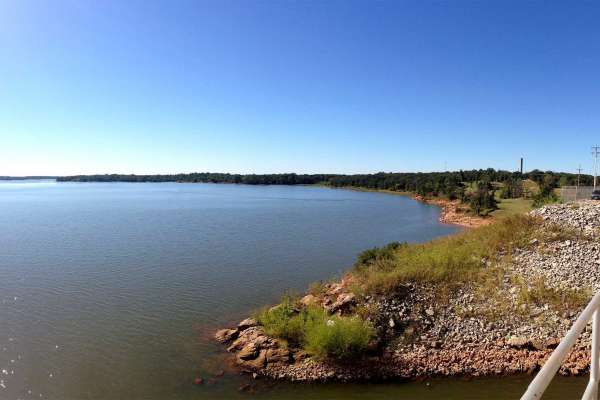Garver is ready to help you effectively manage PFAS
In a few short years, PFAS has gone from a research buzzword to a significant water industry challenge. The ongoing identification of new PFAS and their health effects and regulatory action at the federal and state levels adds uncertainty to an already complicated issue.
Each water system’s PFAS challenge will be unique and multifaceted. Effective solutions will start by determining where and how to most efficiently address PFAS, whether by preventing PFAS from entering the system or installing PFAS removal processes in treatment facilities, like granular activated carbon (GAC), anion exchange (AEX), and reverse osmosis (RO), and managing PFAS-laden media, residuals, or biosolids.
Our treatment experts are ready to help with treatment technology selection and design, bringing experience from years of applied research, design, and operational troubleshooting for full-scale installations of best available technologies. We also see the need for more efficient PFAS removal and destruction and are engaged in research and developing new technologies for long term, sustainable PFAS management.
Garver is ready to be your trusted advisor and guide you through characterization of your PFAS challenge all the way to implementation of your solution.
How water utilities can achieve compliance with new EPA regulations
EPA announced the final rule for PFAS, establishing legally enforceable limits for six PFAS in drinking water and a timeframe for compliance. Garver Water Practice Leader Zaid Chowdhury, PhD, PE, BCEE, explains.
Learn MoreHow water utilities can plan for proposed PFAS regulations
A Colorado utility found evidence of PFAS in their source water. Learn about how they partnered with Garver - evaluating best available technologies, developing funding strategies, and more - to prepare for proposed PFAS regulations and future regulatory changes.
Learn MoreWe deliver proven treatment solutions for removing PFAS that fit the unique needs of utilities
PFAS treatment may be a new challenge, but we are proven experts with well-established treatment technologies that remove PFAS from drinking water, wastewater, and stormwater, such as granular activated carbon (GAC), reverse osmosis (RO), nanofiltration (NF), and anion exchange (AEX). Read about how we’ve delivered these proven treatments to our clients in the projects outlined below.
Granular Activated Carbon (GAC)
GAC captures PFAS, particularly long-chain compounds, on its surface and simultaneously removes other trace contaminants and natural organic matter. As the City of Enid embarked on the design and construction of the first surface water treatment facility in its history, choosing GAC is setting them up for long-term benefits.
Learn MoreAnion Exchange (AEX)
AEX effectively removes long- and short-chain PFAS. AEX typically needs a smaller footprint or lower replacement frequency than GAC. Widefield Water and Sanitation District has been using AEX to remove PFAS and Garver is helping the District evaluate next generation resins and pretreatments such as nanofiltration (NF).
Learn MoreHigh-pressure Membranes
Reverse osmosis (RO) and nanofiltration (NF) effectively remove long- and short-chain PFAS, salts, and other contaminants from water. Garver is working with Sherman, Texas, to expand their WTP capacity and stay ahead of PFAS regulations using RO.
Learn MoreWe’ve provided proven treatment solutions to clients across the country
For years, we’ve been incorporating the best available technologies into robust treatment processes that can be adapted to meet future regulatory requirements and customer expectations.
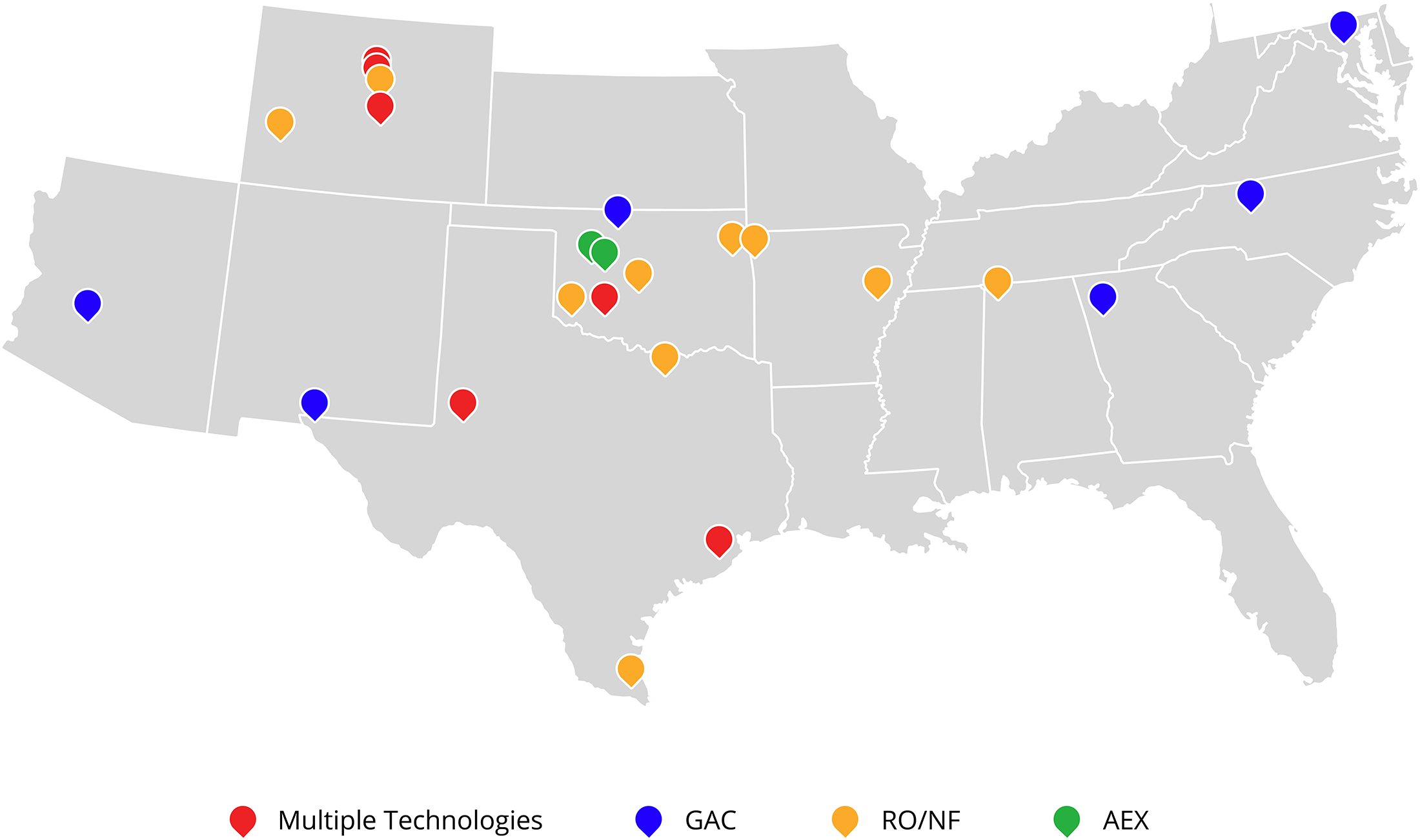
We’re researching and developing technologies to benefit utilities facing all PFAS challenges
We are actively engaged in applied research to bring emerging PFAS removal technologies into use and tackle the next PFAS challenge: destruction after capture.
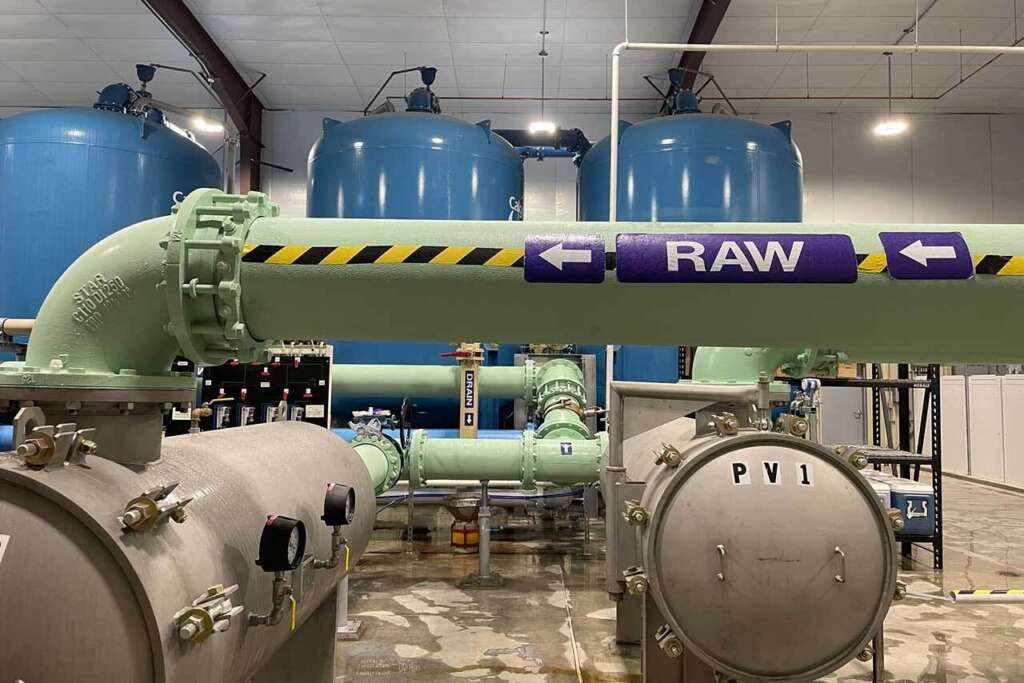
Widefield AEX and pretreatment pilot study
As a Bureau of Reclamation pitch-to-pilot project, Widefield Water and Sanitation District and Garver are evaluating next-generation AEX resins for removing PFAS from groundwater. We’re assessing emerging technologies, including hollow fiber nanofiltration and electrocoagulation, as substitutes or pretreatment for AEX in challenging waters. And we’re collaborating with The Water Tower in Gwinnett County, Georgia, to develop analytical methods to reduce the cost of PFAS monitoring. Our work will make it easier for utilities to access underutilized water supplies, help reduce costs, and provide effective water conservation.
Piloting innovative RO pretreatment methods with NAWI
Garver and National Alliance for Water Innovation (NAWI) are piloting innovative RO pretreatment methods including electrochemical processes and ion-selective direct nanofiltration to decrease RO membrane fouling and reduce energy requirements. We’re evaluating the cost and performance of each pretreatment technology, and we’re establishing a platform and standardized approach for comparing the performance of innovative treatment trains. That means we’re creating more options for more utilities, so that they can find the service that best fits their needs.
Learn MoreWe’re helping the first indirect potable reuse pilot in Oklahoma find additional funding
Garver’s long partnership with the City of Norman led to Oklahoma’s first indirect potable reuse pilot, and now Garver is helping the City seek additional funding for further PFAS testing as part of that pilot.
Learn MorePFAS Insights and News
We have the expertise to provide comprehensive PFAS solutions
We each bring unique and valuable expertise, from control at the source, to drinking water and wastewater piloting and treatment, to how to fund PFAS projects. This is by design, so that you get comprehensive support that’s focused on the constructability and operability of designs and that minimizes ripple effects that could negatively impact your ability to meet future challenges.

Zaid Chowdhury, PhD, PE, BCEE
GAC Treatment and Regulatory Assistance

Kevin Levesque, PE
Anion Exchange Treatment
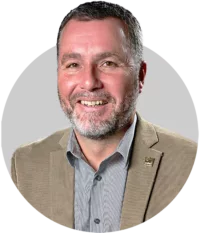
Greg Knight, CEngr
Anion Exchange Treatment

Sean Scuras, PhD, PE, BCEE
Wastewater Process
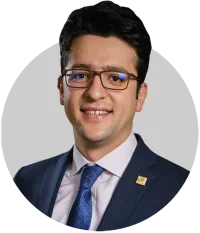
Kam Sardari, PhD, PE
Wastewater Process
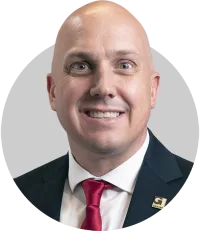
Buddy Boysen, PE, PMP
High Pressure Membrane Treatment

Jessica Johnson
Piloting and Operations

Rebecca Dietz
Anion Exchange Treatment and Regeneration
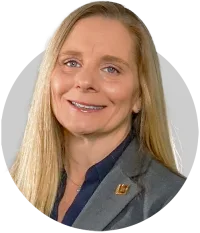
Kirsten McCullough, AICP, RPA
Environmental Site Assessment
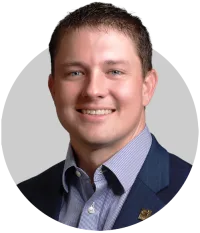
Mitchell McAnally, PE, PMP
AFFF and Airports

Sunny Anand Natekar, PhD
Water & Wastewater Treatment Technologist
We offer services that span the range of PFAS challenges
Regulatory guidance
We’re engaged in ongoing PFAS and emerging contaminants regulatory activity to help water systems position for long term compliance.
Funding procurement
We match projects with funding opportunities and prepare grant and loan applications to help water systems continue meeting communities’ needs.
Sampling and analysis
We plan and implement sampling for source water characterization, PFAS source tracing, and PFAS fate and transport within treatment facilities.
Environmental services
We provide environmental site assessments, spill control countermeasure plans, and hazardous materials investigation and remediation.
Regional planning
We bring regional entities together to develop collaborative approaches to managing PFAS through source control, treatment, and residuals management.
Source protection and industrial pretreatment programs
Our treatment and regulatory compliance experts work with water systems to limit the PFAS loads to their treatment facilities.
Cost estimation
We offer cost estimates for PFAS removal process upgrades at master planning or detailed design levels.
Facility master planning
We offer facility master planning services to incorporate future PFAS treatment processes into new and existing treatment trains for continued regulatory compliance.
Feasibility studies and treatment process evaluations
Not every technology works for every community. Our collaborative evaluation approach helps water systems select the best path forward.
Treatment process design
We provide conceptual through final design services for drinking water, wastewater, stormwater, and industrial facilities for PFAS removal.
Bench and pilot testing
We develop testing protocols, design pilot systems, provide operator training or personnel, and complete testing reports for conventional and emerging technologies.
Public outreach
We assist with public communication strategies to build trust and achieve community buy-in on water resource planning and treatment programs.
Permitting
We assist with environmental and construction permitting and coordination with state and federal regulatory agencies.
Process optimization
Our process and operations experts provide desktop and hands-on process evaluations and troubleshooting to maximize the efficiency of existing facilities.
Airport firefighting and aqueous film forming foam (AFFF)
We conduct airport firefighting system evaluations, designs, and pollution prevention plans.

